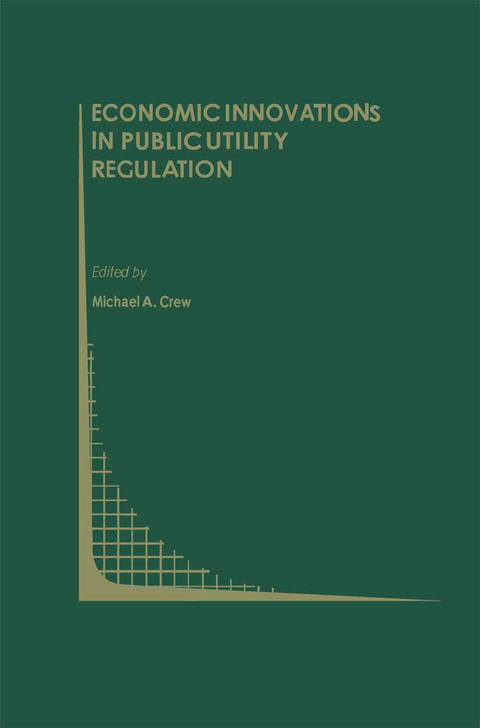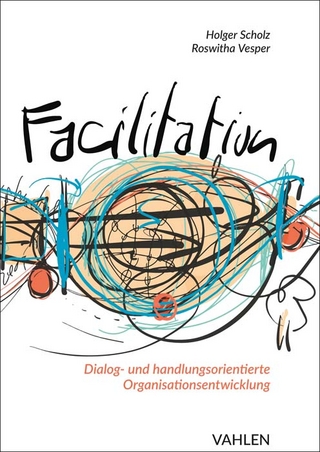
Economic Innovations in Public Utility Regulation
Springer (Verlag)
978-0-7923-9269-9 (ISBN)
Title IV of the Clean Air Act Amendments effectively transfers an environmental property right, the difference in unrestricted emissions and the yearly endowment, 3 from certain fIrms to the public domain. Phase I is to reduce annual SOz emissions of 261 large (100 MW or more) utility generating units with emissions greater than 2. 5 IbslmmBtu. The yearly endowment during Phase I is equal to 2. 51bslmmBtu times the 1985-1987 baseline energy usage. Phase I standards are required to be met by 1995, an exception being units that install certain control technologies. In this case, units may postpone compliance until 1997 and may receive bonus 4 allowances. Phase II begins in the year 2000 and applies to any utility units (25 MW or more) with emissions above 1. 2 Ibs/mmBtu. The endowment is 1. 2 Ibs/mmBtu times baseline fuel use (U. S. Environmental Protection Agency 1990). 5 Hahn and Noll (1982), Bohi and Burtraw (1992), Lock and Harkawik (1991), and Walther (1991) discuss interactions between traditional rate-of-return regula- tion and overlaying environmental regulations, particularly tradable emission allowances, in the electric utility industry.
Lock and Harkawik (1991) and Niemeyer (1991) discuss utility planning in this regard. Bohi and Burtraw (1992) fmd that a utility's environmental investment incentives will vary depending on cost recovery rules and argue that symmetry in treatment of investments in allowances and control technology is necessary if the utility is to be provided with the incentive to minimize costs of compliance.
1 The Antitrust Law and Economics of Essential Facilities in Public Utility Regulation.- 2 The Environmental Impact of Public Utility Regulation: Kern County and the Case of the Missing Gas Pipelines.- 3 The Impact of IntraLATA Competition on Local Exchange Company Prices.- 4 Incentive Regulation, Capital Recovery and Technological Change in Public Utilities.- 5 Environmental Regulation Effects on Utility Profitability and Direction: Emission Allowance Endowments and Markets.- 6 Price-Cap Regulation, Incentives for Cost Reduction, and Stockholder-Ratepayer Conflicts.- 7 Franchise Bidding with Vickrey Auctions:How to Regulate Utilities?.- 8 Flexibility versus Completeness in Long Term Contractual Relationships: Contracting Between Utilities and IPPs.- 9 A New Look at Public Utility Regulation Through a Revolving Door.
| Erscheint lt. Verlag | 30.9.1992 |
|---|---|
| Reihe/Serie | Topics in Regulatory Economics and Policy ; 10 |
| Zusatzinfo | X, 162 p. |
| Verlagsort | Dordrecht |
| Sprache | englisch |
| Maße | 155 x 235 mm |
| Themenwelt | Technik |
| Wirtschaft ► Betriebswirtschaft / Management ► Planung / Organisation | |
| Wirtschaft ► Volkswirtschaftslehre ► Mikroökonomie | |
| Wirtschaft ► Volkswirtschaftslehre ► Wirtschaftspolitik | |
| ISBN-10 | 0-7923-9269-8 / 0792392698 |
| ISBN-13 | 978-0-7923-9269-9 / 9780792392699 |
| Zustand | Neuware |
| Haben Sie eine Frage zum Produkt? |
aus dem Bereich


